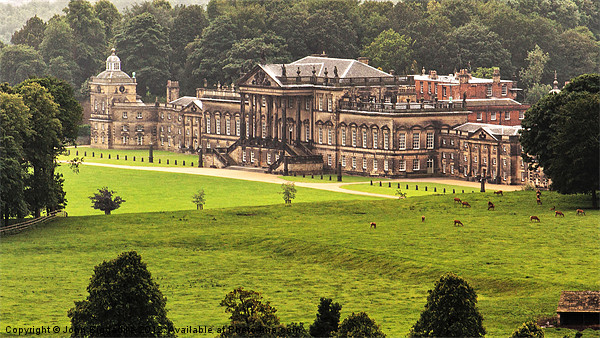Uncategorized
Classicism and pianistic breath
It is fundamental for our discipline to establish profitable and yet practical analogies between our abstract art and other more material intellectual expressions. It is on this line that I make a special emphasis on the strong relationship that exists between music and architecture.
It is pertinent to mention that the classical syntax presents one of the easiest cases at the time of establishing useful analogies. For instance the fact that the cadential speed is fairly fast can easily refer to its well-settled/heavy characteristics; the same we acknowledge when we judge the complexion of a handsome classical building. We can’t avoid realizing how good and solid foundations sustain the entire structure in a similar way we can’t avoid perceiving how the vertical vectors frame the different elements on the façade. In music these vectors and their functions are represented by the cadences.
When dealing with a classical piece we need to allow the structure and patterns to take over our senses so we learn how to waltz t

hrough it placidly. The cadences allow the pianists to both: release the tension accumulated in the phrases and reset their attention to face the challenges of the next one.
It is paramount for any pianistic performance to find as many resting points as we can. Where to rest is by far the most important issue to address when planning any professional piano realization. At the end the day, we will reach the performatic momentum, when we can authentically feel the task of playing becomes fairly effortless. In other words we will have mastered the piece when we can physically rest all its way through while we can operate on each one of its variables at our will.
